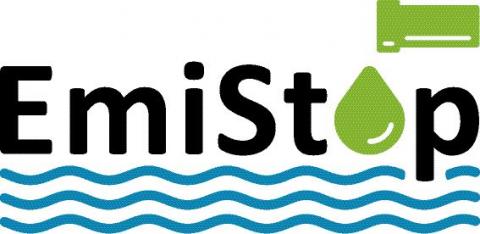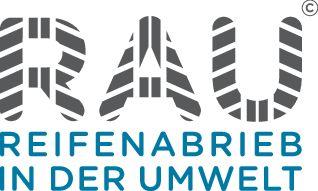Factsheet 5.1: Removing microplastics from industrial wastewater - Process improvements through the use of flocculants
Microplastics can enter our wastewater along the entire value chain. Removal options exist primarily in wastewater treatment plants, here in the form of filtration, flotation and sedimentation processes. The removal performance of wastewater treatment plants determines how much microplastic is discharged into the environment.





